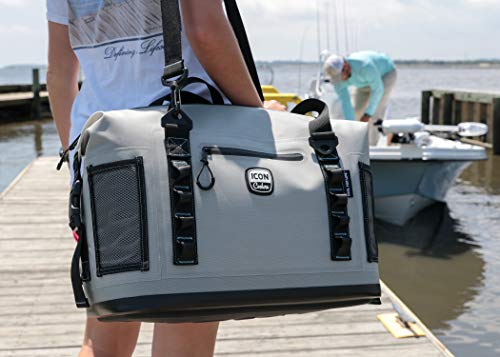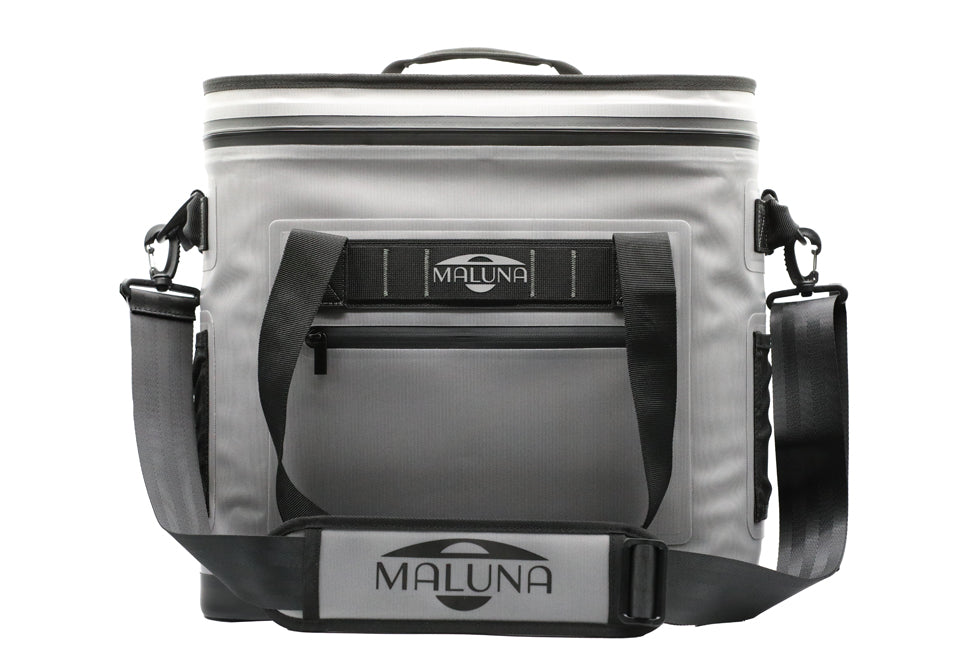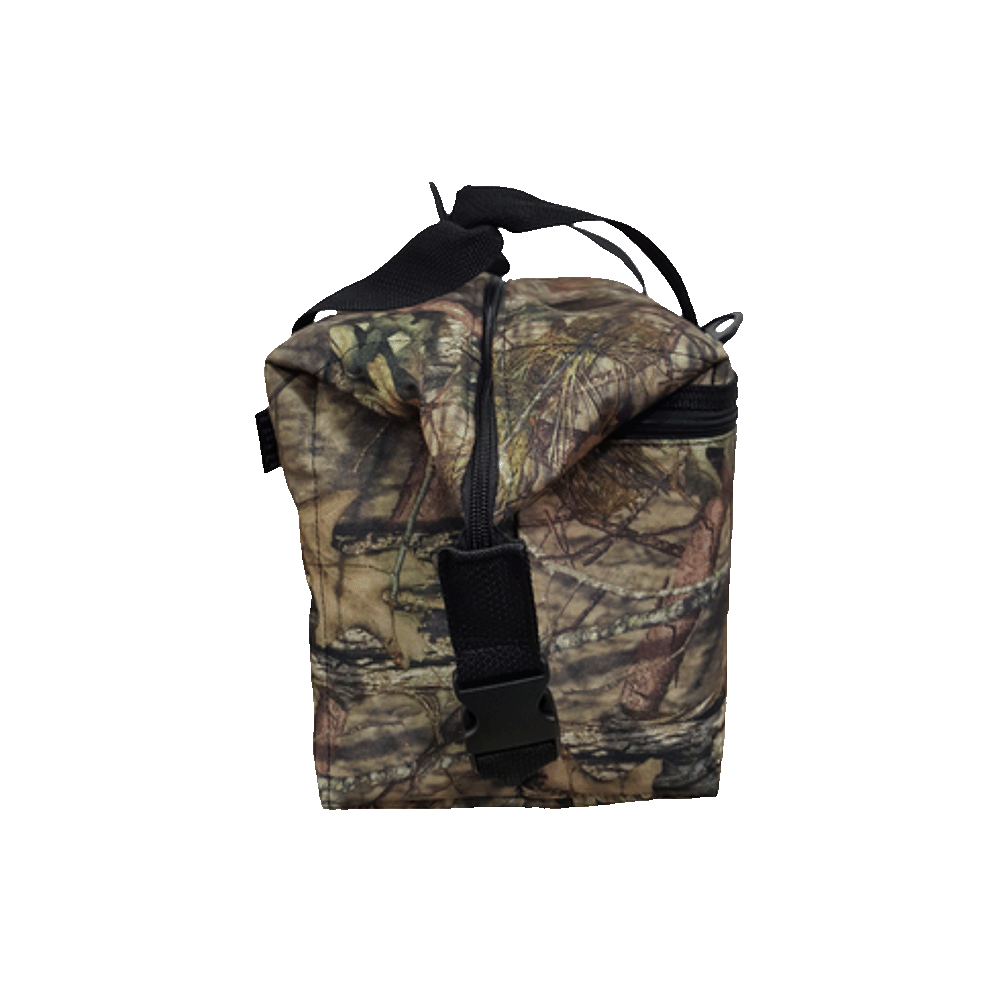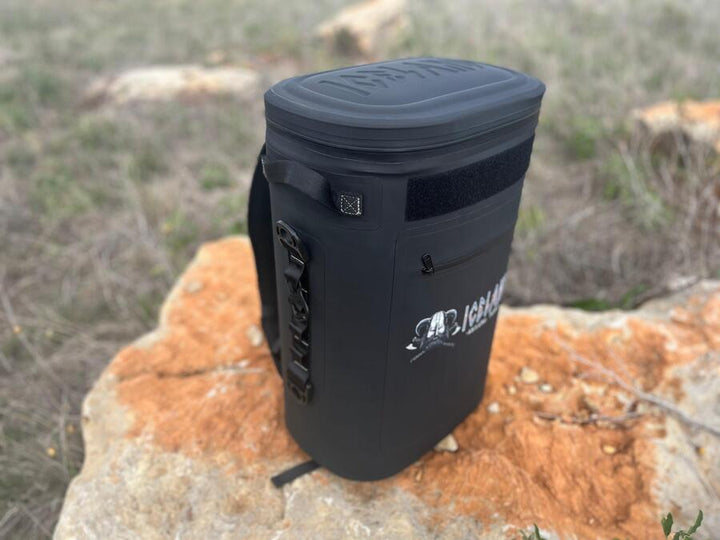Discover the Best Soft-Sided Coolers for All Your Camping and Picnic Needs
Discover the Best Soft-Sided Coolers for All Your Camping and Picnic Needs
Blog Article
Exactly How to Choose the most effective Soft-Sided Colder for Your Needs
Picking the ideal soft-sided cooler calls for a thoughtful evaluation of numerous vital variables tailored to your particular demands. Begin by determining the proper dimension based on your storage space requirements and the period of your getaways. Insulation effectiveness, the longevity of products, and portability features are just as vital. Additionally, checking out added performances can boost your cooler's utility. With so several options readily available, recognizing just how these aspects adjoin is necessary for making an informed decision-- particularly when thinking about the large selection of designs and features on the market today.

Determine Your Dimension Needs
When selecting a soft-sided cooler, it is crucial to regularly analyze your dimension needs to ensure ideal capability. For day journeys, a cooler that can fit a few snacks and drinks may be enough, while longer expeditions necessitate bigger ability choices.
Additionally, take into consideration the measurements and weight of the colder. Examine exactly how the colder will be utilized-- will it be brought by hand, strapped to a knapsack, or stored in a car?
Furthermore, think of the dimension of the products you intend to shop. For larger things, a cooler with a more charitable opening may be advantageous. Inevitably, selecting the ideal size cooler will certainly improve your exterior experience by ensuring you have adequate storage without unnecessary mass, enabling ease and ease throughout your activities.
Evaluate Insulation Efficiency
Insulation performance is a vital factor to think about when choosing a soft-sided colder, as it straight impacts the cooler's capacity to preserve the preferred temperature level of its contents. A cooler's insulation is commonly determined by its density and the products made use of, which can considerably affect its efficiency in maintaining cool or warmth.
When assessing insulation, seek models that use high-density foam, as this material uses premium thermal resistance. Furthermore, take into consideration the colder's layout; attributes such as a leak-proof zipper and enhanced joints can boost insulation by minimizing air exchange. Some coolers utilize reflective linings that better boost temperature level retention by reflecting warmth far from the materials.
It is additionally useful to check the colder's efficiency scores, such as how much time it can keep ice frozen in various conditions. User reviews can provide insight into real-world performance, aiding you analyze whether a cooler lives as much as its insurance claims. Eventually, prioritizing insulation performance will certainly make certain that your soft-sided colder fulfills your particular requirements, whether you're planning a camping trip, a coastline day, or a barbecue in the park.
Think About Product Toughness
Examining the toughness of materials made use of in a soft-sided colder is necessary for ensuring it endures various exterior conditions and tasks. The outer material is commonly made from nylon or polyester, which need to ideally be reinforced to stand up to abrasions, splits, and UV damage. Search for materials that have best site been treated for water resistance to secure versus wetness, especially if the colder will certainly be used in damp environments.
Zippers and joints are vital factors of failing in soft-sided coolers. Heavy-duty zippers that are corrosion-resistant or water-proof can significantly enhance long life. In addition, enhanced stitching at seams includes structural integrity, preventing leakages and making certain the cooler continues to be intact throughout transport.

Examine Portability Attributes

First, consider the weight of the cooler. A lightweight model is more effective, particularly for activities like treking or camping where carrying gear over expanded distances prevails. In addition, the visibility of resilient and comfy lugging deals with or cushioned shoulder straps can boost the overall mobility. Seek coolers that use multiple bring choices, such as side takes care of for brief lifts and adjustable bands for longer expeditions.
One more essential feature is the cooler's form and dimension. Assessing these transportability features will certainly guarantee you select a soft-sided colder that satisfies your flexibility demands and enhances your outdoor experience.
Explore Extra Capabilities

When choosing a soft-sided cooler, added capabilities can significantly improve its use and adaptability. Past fundamental air conditioning abilities, consider features that provide to specific activities or atmospheres. As an example, some coolers come equipped with built-in bottle screw, making them especially hassle-free for outdoor gatherings.
An additional performance worth checking out is the incorporation of numerous areas or pockets, which can help arrange snacks, utensils, and other fundamentals, improving general convenience. Furthermore, specific designs supply detachable linings for simple cleansing, making certain that spills or messes do not interfere with the cooler's longevity.
An additional innovative attribute is the visibility of water Bonuses resistant and watertight designs, which not just secure the cooler's components yet also protect against dampness from seeping out, making them suitable for boating or coastline trips. Some soft-sided colders likewise include insulation technology that supplies extensive air conditioning time, critical for longer getaways.
Lastly, think about coolers with flexible straps or detachable shoulder pads for enhanced comfort during go to this website transportation. By reviewing these extra performances, you can pick a soft-sided colder that completely aligns with your way of living and outside demands.
Final Thought
In final thought, picking the optimal soft-sided cooler requires a mindful examination of numerous factors, including size demands, insulation efficiency, material durability, and portability functions - best soft-sided coolers. An appropriate soft-sided colder can dramatically add to the success of any trip.
Eventually, focusing on insulation efficiency will certainly ensure that your soft-sided cooler satisfies your certain demands, whether you're intending an outdoor camping trip, a beach day, or a picnic in the park.
By prioritizing these material elements, you can pick a soft-sided colder that will endure tough use and provide reputable performance throughout its lifespan.
Evaluating these portability features will certainly guarantee you select a soft-sided cooler that meets your mobility demands and boosts your exterior experience. best soft-sided coolers.
When selecting a soft-sided cooler, added capabilities can dramatically boost its functionality and flexibility.In verdict, selecting the optimum soft-sided colder requires a careful evaluation of different elements, including dimension demands, insulation performance, product resilience, and portability features.
Report this page